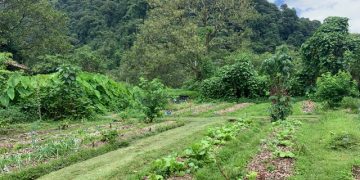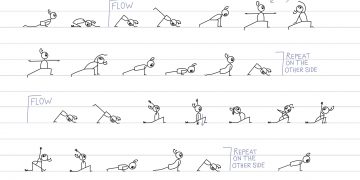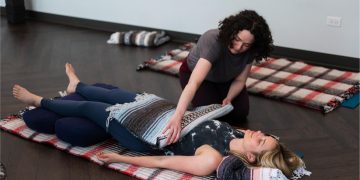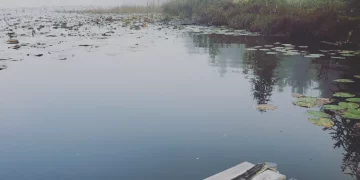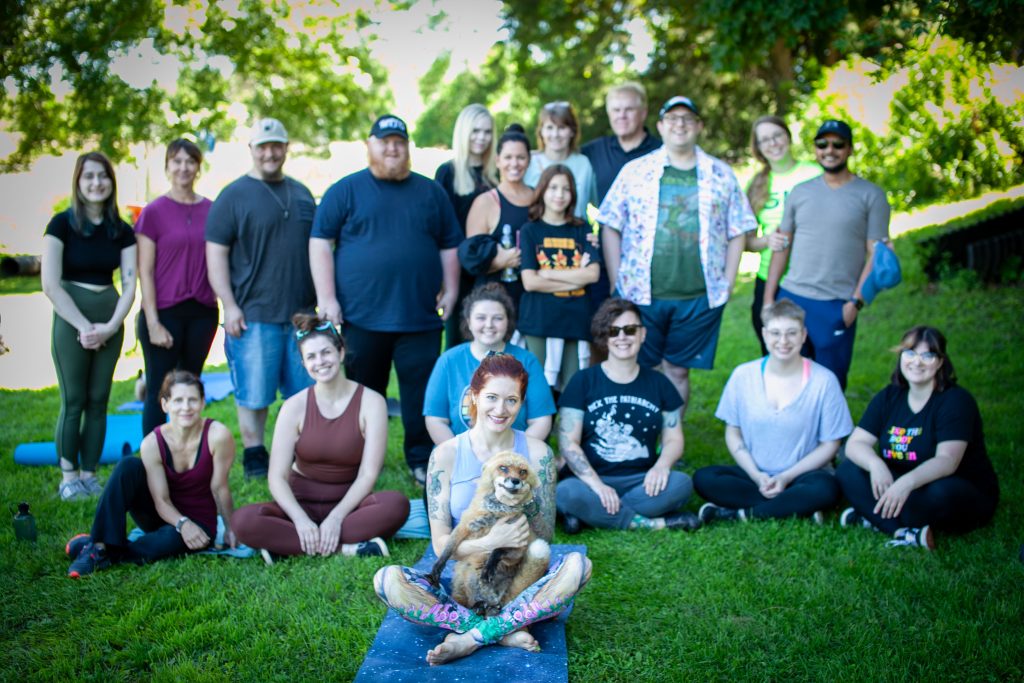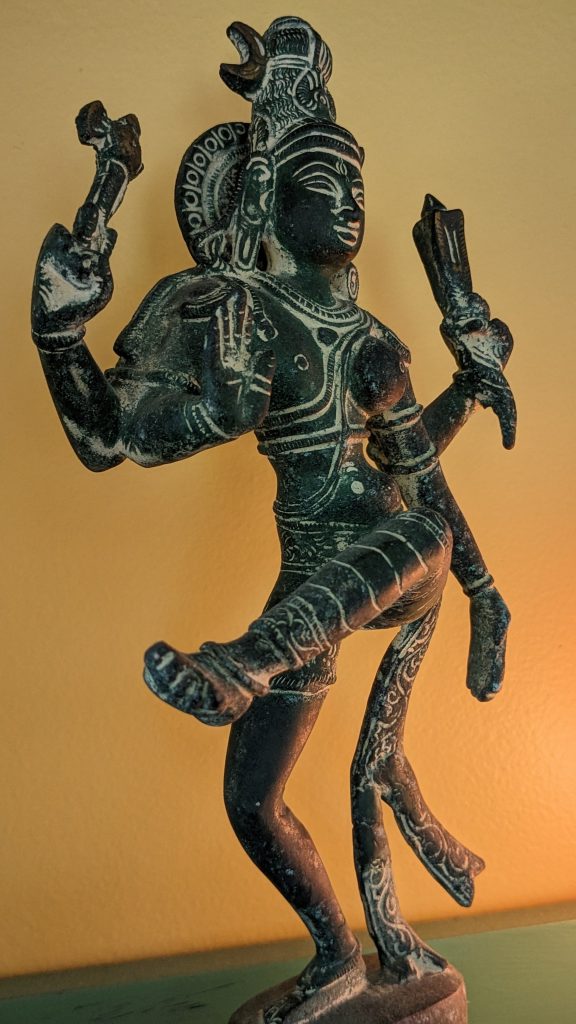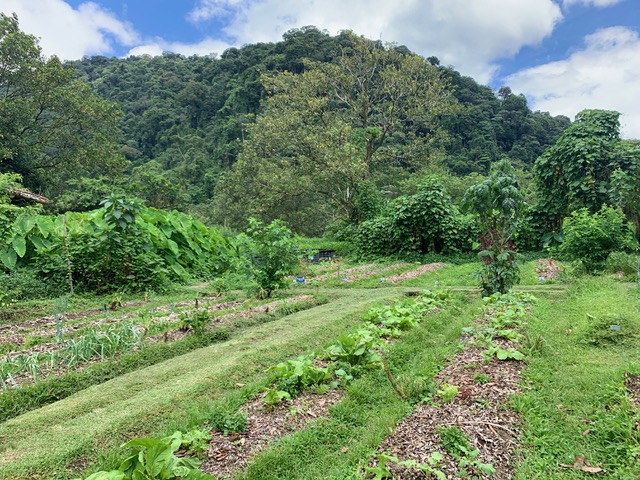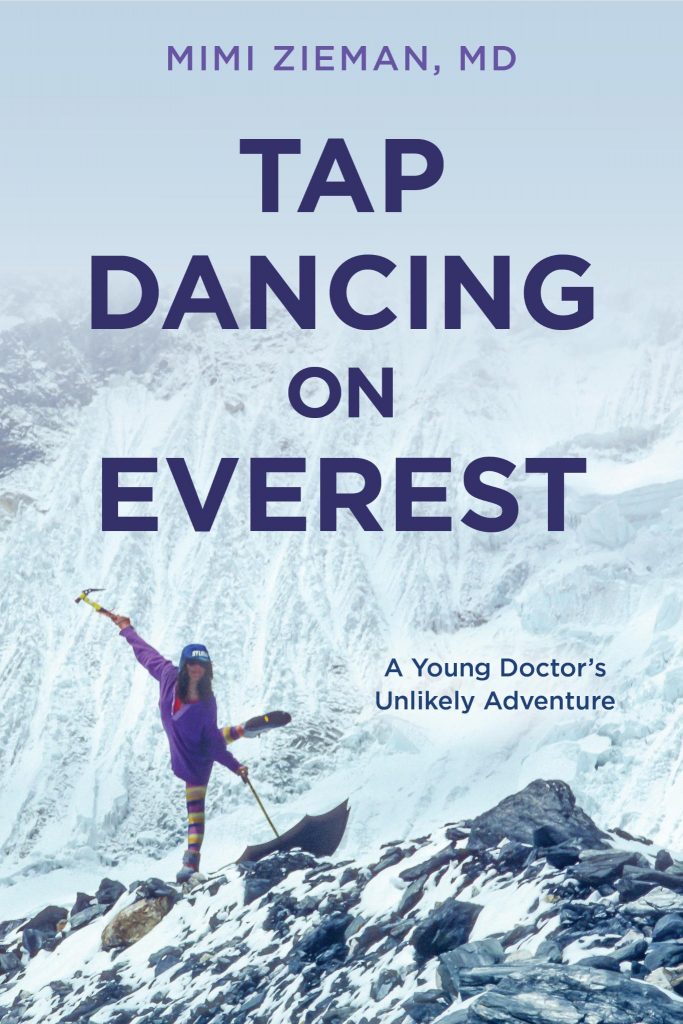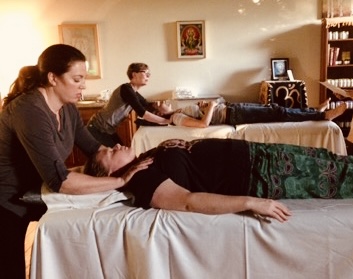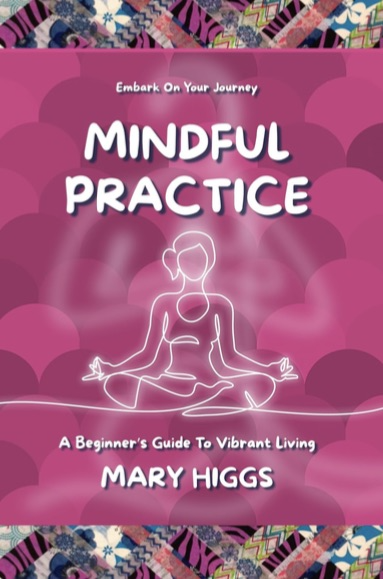Through my own trauma recovery and healing journey, professional career as a yoga guide, and a social worker, and yoga practice as a catalyst for my own trauma transformation, this unique approach has been born. Yoga means to unite a pathway to well-being and to the realization of our innate wholeness. This approach invites us to join a revolutionary movement creating a world where all people can belong and be whole. We ground ourselves in the truth: that we all hold incredible ancestral, collective, and personal strength. We hold within us resilience and potential for healing; transformation, and growth, for the most revolutionary act we can embark upon is our own healing.

W H O L E N E S S
And just like you
the moon has always
been whole
No matter how much
sunlight is striking its skin
Even if just a crescent
of shimmering light
you do not have to be
full to shine
Every inch of you
already exists, even if
held in sacred darkness
waiting to be revealed
A universal part of the human condition, trauma is defined in a variety of ways and varies in size, scope, intensity, and impact. Peter Levine, a pioneer in the trauma field and creator of Somatic Experiencing, defines trauma as “the perception of threat and the incapacity to deal with it.” He shares that, “we need to really hone in on the fact that people can be traumatized by any event they perceive (consciously or unconsciously) to be life threatening.” According to the Body Wise Institute’s definition, “something happens that overcomes us – it is too much, too fast, too soon – and there is not enough time to integrate the experience.” Or, “trauma is an experience of extreme stress or shock that is or was, at some point, part of life; an experience that threatens our entire organism (body, mind, and soul) by causing a rupture in our capacity to assimilate and self-regulate.”
Trauma-Conscious yoga is theory and practice rooted in the understanding that traumatic events have real psychological and physical impacts on individuals. Trauma affects our ability to feel safe, grounded, present, and connected. When we practice yoga we bring our full selves, the totality of our life experience — mind-body-spirit. With this approach, we commit to a higher level of awareness and integration of the origins, impacts, and outcomes of trauma, including all aspects of guiding yoga and interactions with participants. This trauma-conscious approach upholds a systematic trauma-conscious framework and prioritizes the respect for, safety, and self-agency of each individual. We commit to compassionately guiding individuals in a way that supports them to connect with and know themselves more deeply.
Healing-Centered: Communities and individuals experiencing trauma, stress, and difficulty are agents in restoring their own well-being. This is the resilient path; the intentional engagement in choices and behaviors making a difference in your day-to-day experiences and long-term outcomes. This draws upon internal resources and strengths, as well as external resources and supports. In our yoga practices we provide opportunities to cultivate and refine skills needed to respond effectively to the difficulties of life.
Nora McInerny states, “The truth is that we don’t really ‘move on’ from grief but move forward with it.” Nor do we “move on” from trauma; we move forward with it by fully processing and integrating our wounds so they can heal. We do this with immense self-love by acknowledging our wounds’ presence and impacts (the ways they forever shaped us). We nurture a belief in our wholeness; we connect with our true Self and with the experience of safety. We learn to accept and live with the reality of our difficult experiences. We see how our trauma no longer defines and drives us; we come to identify with our strength, our resilience, and the gifts we offer the world through our healing insights and personal awakening.
“Beneath the surface of the protective parts of trauma survivors there exists an undamaged essence, a Self that is confident, curious, and calm, a Self that has been sheltered from destruction by the various protectors that have emerged in their efforts to ensure survival. Once those protectors trust that it is safe to separate, the Self will spontaneously emerge, and the parts can be enlisted in the healing process.” —Bessel van der Kolk
Growth-Oriented: Post-traumatic growth (PTG) theory explains transformation following trauma. Developed in the mid-1990s by psychologists Richard Tedeschi, PhD, and Lawrence Calhoun, PhD, it holds that people who endure psychological struggle following adversity can often see positive growth afterward. “People develop new understandings of themselves, the world they live in, how to relate to other people, the kind of future they might have and a better understanding of how to live life,” says Tedeschi. This is where transformation occurs. We can find meaning from our difficult and painful experiences and become ignited with more passion, aliveness, and appreciation for life. We don’t just bounce back to our baseline, as with resilience. We are shaped in a new way, leading us to something greater than would have been possible had we not endured the “terrible damage” in the first place.
“Each of us goes through “terrible damages” — a divorce, a heartache, a breaking, a clinging depression, an exile, a financial ruin, a lingering disease, a loss of a loved one, a death, a loss of dignity, a violation. May it be that despite such terrible damage, the tree of our life does not die. May it be that there is a vitality in our roots, and that the charred tree of our experiences gives birth to a hundred new blooms dancing around us, newer versions of ourselves that leap to life from what we would have deemed to be our death.” —Omid Safi
Kyle Leia Heyesen is the owner of Svälja Yoga House of the Gathering Yoga School, her specialty Trauma-Conscious Yoga. She is an Experienced-Registered Yoga Teacher (E-RYT 500) and a certified Yoga Alliance Continuing Education Provider (YACEP) and holds a Master of Social Work (MSW) working in the field for 20+ years. Kyle is a trauma survivor and personally knows the devastating impacts and outcomes of trauma. She is a living testimony to the fact that we can transform trauma in order to rise from the ashes and use our unique experiences and gifts to make a difference in the world.



